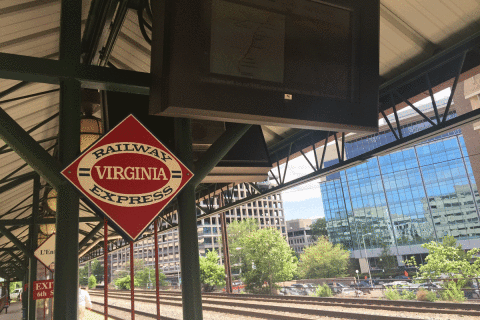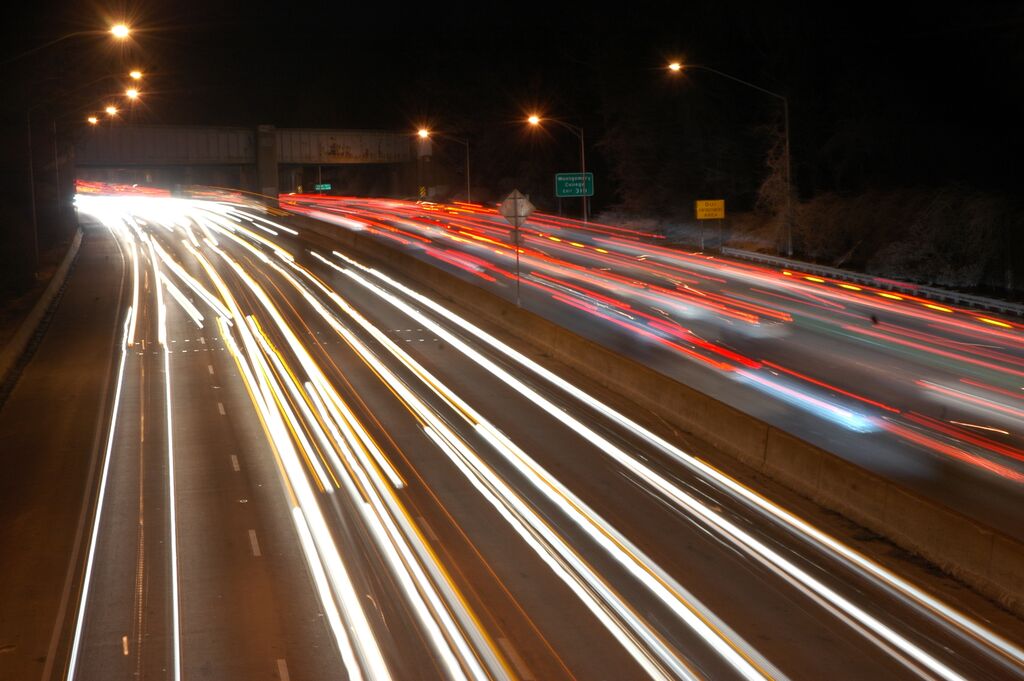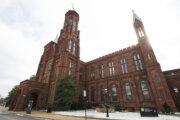WASHINGTON — Commuters traveling from D.C. to Baltimore might soon hop onto the newest, fastest high-tech trains that would shrink the commute down to 15 minutes.
The Superconducting Magnetic Levitation train (SCmaglev) floats about four inches over the ground and can reach cruising speeds of 311 miles per hour within minutes by using magnetic forces to power the trains.
Developed by Japanese Rail Central and fully operating in Japan, it’s the fastest train in the world and has been clocked at over 350 mph. The D.C./Baltimore area is getting closer to having this newest technology become reality.
Saturday at Courtyard Marriott in NE, DC public checking out the 6 possible routes for MagLev train to run between DC and Baltimore. @WTOP pic.twitter.com/5GYzlw40mi
— Kathy Stewart (@KStewartWTOP) April 8, 2017
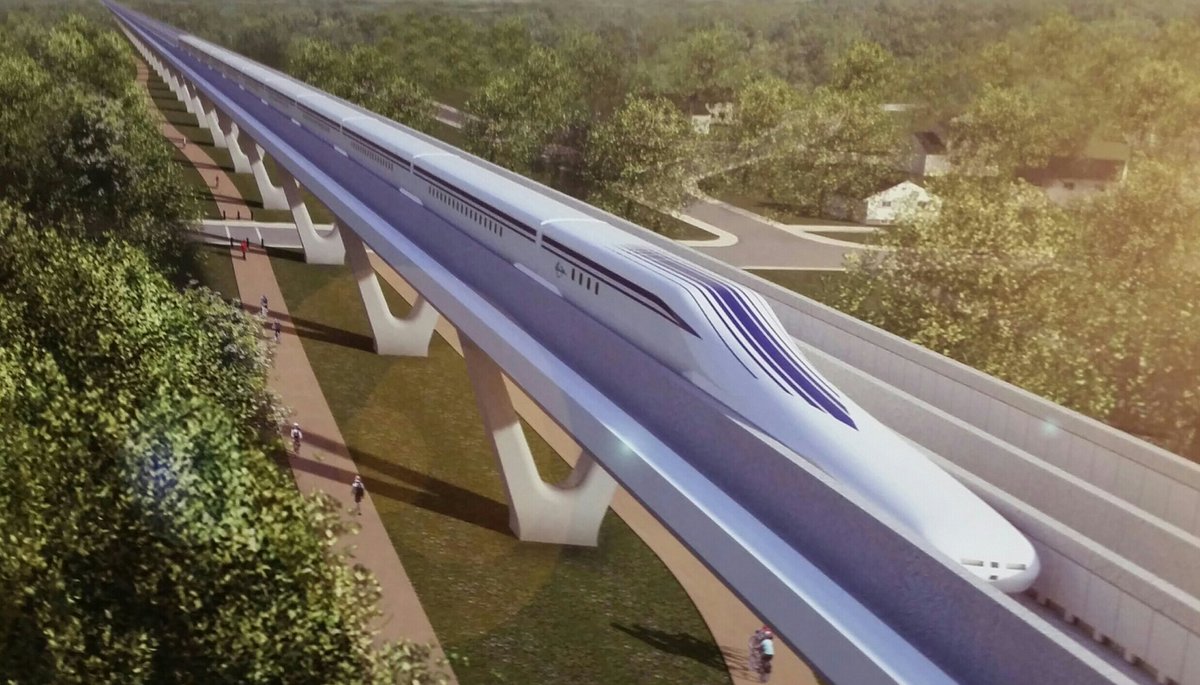
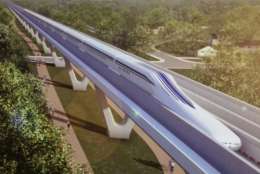
On Saturday, the Baltimore-Washington Rapid Rail held an open house at the Courtyard Marriot in Northeast D.C. so the public could look at the six possible routes between D.C. and Baltimore for the train to travel. Baltimore-Washington Rapid Rail is a private investment company that has been working on this project since 2012.
David Henley, SCmaglev project manager with Baltimore-Washington Rapid Rail said the routes will be narrowed down to about three possible routes, and the public will be invited back in mid-May to check them out. The May open house meeting will have larger, more detailed maps.
“The public will be able to see individual houses and lot lines and understand how these alternative alignment or locations would relate to where their property is,” said Henley.
These trains cause very minimal vibrations and noises since there are no metal wheels rolling on a track, explained Henley. And because there are no rails, there is no possibility of train derailment.
“It operates within its own guideway and rides on a cushion of air,” said Henley. “There’s nothing for it to run into, [it] can’t run into another train because there is no other train.”
Henley said most of the route between D.C. and Baltimore will be underground or elevated, and the train would run at about 311 mph.
Henley said they do expect to have decided on the final route between D.C. and Baltimore by the end of this year. He said an environmental assessment follows. If assessment and financing go well, he said construction could start in 2019 and take five to seven years.
The Federal Railroad Administration awarded $27.8 million dollars in grant money to the project. Henley said the money will be used by the Maryland Transit Administration to handle the environmental study.
Henley said the project is not only a chance to transform the D.C./Baltimore Corridor, but also a chance to transform the entire Northeast Corridor. The second phase of the project would run a Maglev line from D.C. to New York, but Henley predicts it will not start until about 2030 or 2035.
The D.C./Baltimore project will cost $10 billion to $12 billion. Aside from the federal government kicking in the money for the environmental assessment, the rest of the funds are coming from private sources.
“The Japanese Bank, which is their export bank, has offered to provide low interest loans,” said Henley. “We have a commitment from Japan International Bank to fund approximately 50 percent of the construction cost.”

